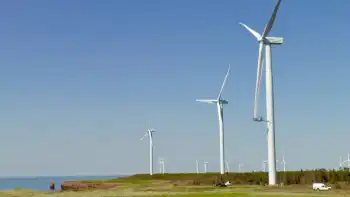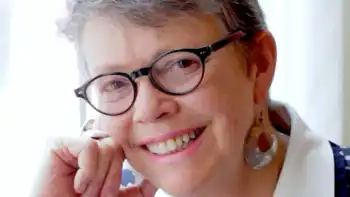Manitoba Hydro rebuilding Winnipeg's underground infrastructure
By Manitoba Hydro
Arc Flash Training CSA Z462 - Electrical Safety Essentials
Our customized live online or in‑person group training can be delivered to your staff at your location.

- Live Online
- 6 hours Instructor-led
- Group Training Available
Manholes are concrete or brick enclosures built to provide access to underground electric cables or transformers. These enclosures are typically two metres deep and three metres long by two metres wide.
Manitoba Hydro has approximately 2,400 manholes throughout the province, over 1,800 of which are located in the central part of Winnipeg. Some of these installations date back to the early 1900s. Approximately 350 manholes need to be either replaced or rehabilitated in the next 20 years at an estimated cost of up to $52 million depending on the extent of repairs required.
"Repairing damaged or deteriorating manholes has been a normal part of our annual maintenance program. However, as with other assets in our system which were built back during rural and urban electrification, many are approaching the end of their service life. We need to make this investment now to ensure we continue to safely and reliably serve our customers in the future," said Scott Thomson, President & CEO of Manitoba Hydro.
The primary focus is manholes located on public roadways because they present the highest risks to the public and are subjected to the most severe conditions, including weight and vibration associated with vehicle traffic.
In addition to a project currently underway at the intersection of Portage Avenue and Kennedy Street, there are six other rebuilds scheduled over the next eight months. The locations include:
• Portage Avenue East at Westbrook Street.
• Portage Avenue at Smith Street.
• St. Mary Avenue at Colony Street.
• Portage Avenue at Sherbrook Street.
• Portage Avenue at Raglan Road.
• Portage Avenue at Richmond Street.
Unfortunately, this work necessitates lane and/or road closures. The corporation is working with the City of Winnipeg to provide notice of any potential traffic disruptions.
System renewal and expansion
Along with manholes, Manitoba Hydro is making significant investments to replace other critical equipment.
For example, many distribution stations in the City of Winnipeg are currently operating beyond their capacity and cannot accommodate new load additions. Manitoba Hydro must replace or refurbish 20 of these stations over the next 10 to 12 years at an estimated cost of $630 million.
Of the one million wood poles in Manitoba Hydro's distribution system, about one-quarter were installed between 1945 and 1960. It is estimated that 117,000 of these poles will need to be replaced in the next 20 years at a cost of $400 million.
Like electric utilities across Canada, Manitoba Hydro's generation, transmission and distribution systems that were installed decades ago are aging and are increasingly more costly to maintain and renew. In addition, population growth and increased customer use of electricity require a significant investment in new facilities to ensure the reliable electricity supply that Manitobans expect.











